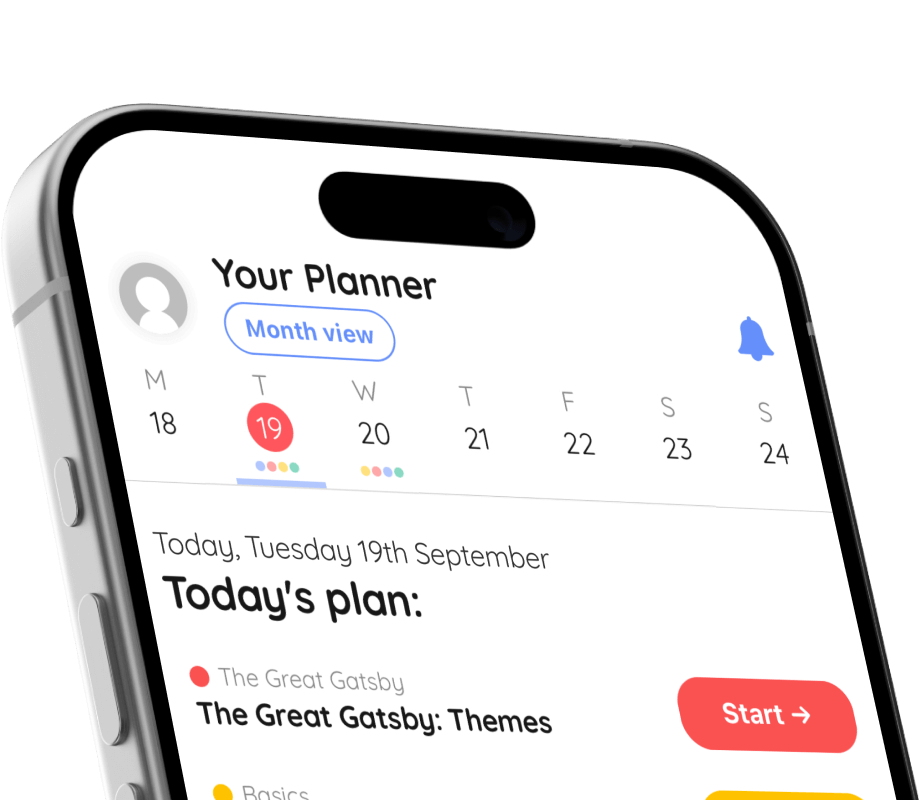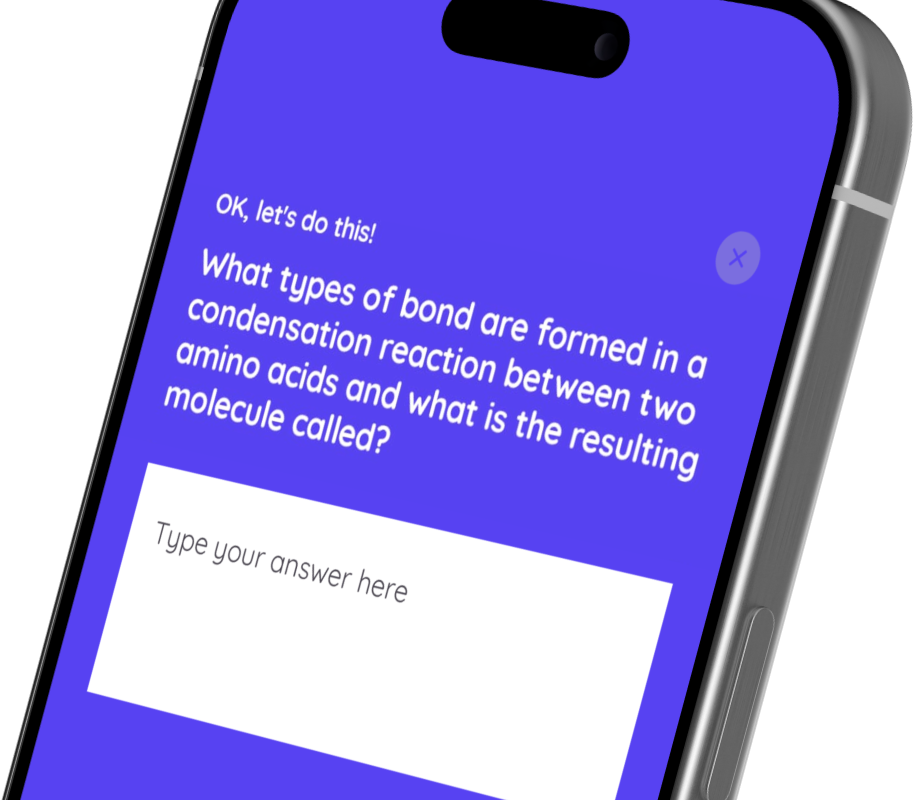Media Studies
Set Products for Component 1
Analysis of Media Language in Set Products
🤓 Study
📖 Quiz
Play audio lesson
Analysis of Media Language in Set Products
Media Language
- Media language refers to the methods used by media producers to convey messages and meanings.
Use of Images
- Recognise how still images are a vital part of media language, utilized across various mediums like films, advertisements, magazines etc.
- Consider the angles, colour choice, framing, and lighting in an image.
- The rule of thirds is a composition principle often applied in images. It involves dividing an image into thirds both horizontally and vertically and placing points of interest on these lines or their intersections.
Use of Typography
- Understand how different fonts and sizes of text can be used for different effects in print media and film titles.
- Look at headlines, slogans, captions, etc. to understand how they convey the main messages and help frame the images.
Use of Audio
- In audio-visual media, consider the impact of music, speech, sound effects, and silence.
- Explore how the choice of music sets the mood and how sound effects can provide detail and realism.
Use of Film Techniques
- Consider camera shots, angles, and movement. The type of camera shot can affect how we respond to a character or action.
- Understand how editing techniques can manipulate time and space, build tension, or alter the story's pace.
Use of Narrative
- Recognise the use of linear and non-linear storytelling techniques. Linear storytelling tells the events in the order they occur, while non-linear storytelling uses flashbacks, foreshadowing, and other techniques.
- Analyse how conflict and resolution are used to engage the audience's interest and drive the narrative forward.
- Understand the impact of characters and their relationships on the narrative. Their motivations, characteristics, and interactions can play a key role in the unfolding events.
Use of Contextual Factors
- Consider the political, cultural, historical, and social contexts of the media product. How does it reflect the time and place in which it was produced?
- Analyse how societal and cultural beliefs and stereotypes are communicated and challenged in the media product.
By recognising and understanding these components of media language, one can analyse and respond to set media products more effectively.





